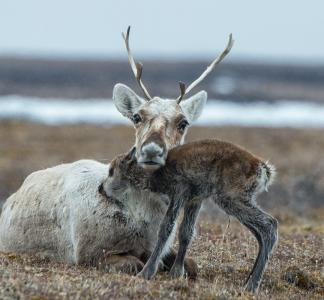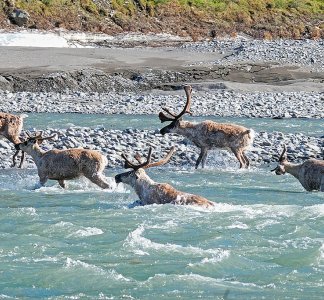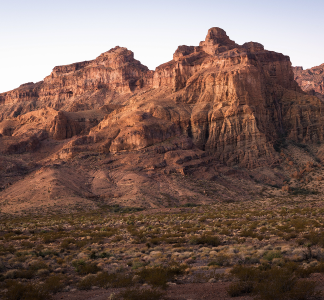New legislation would restore protections to the Arctic Refuge
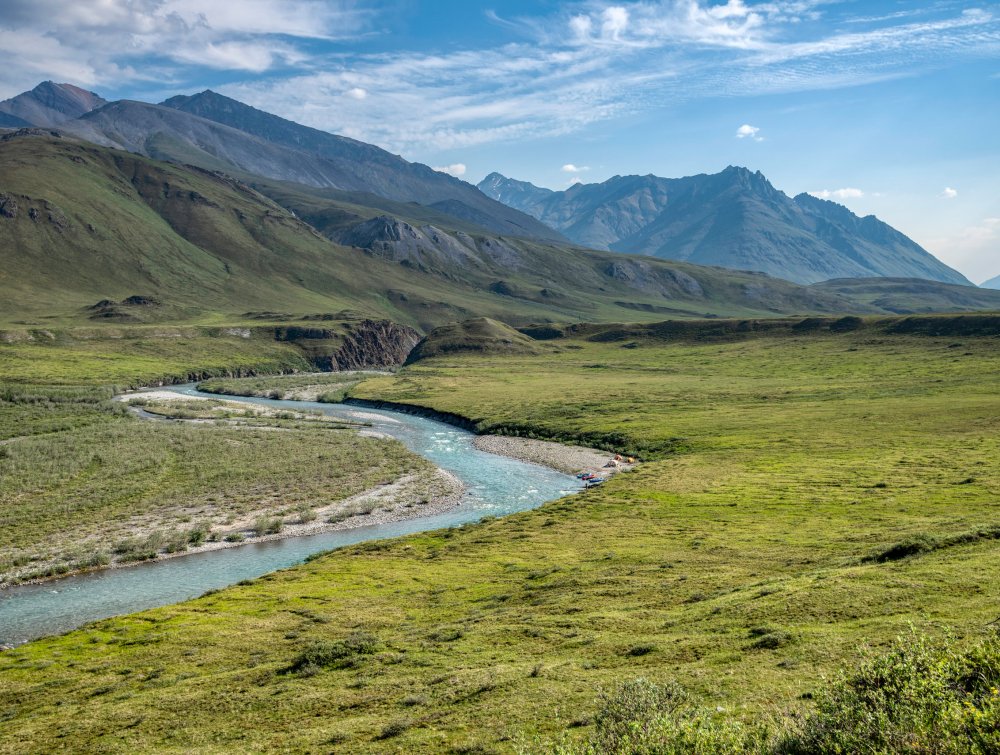
The Arctic National Wildlife Refuge
Edward Bennett/Bennett Images LLC
A new bill would restore protections to one of the most vital landscapes in America.
More than three years after Republicans used the 2017 Tax Cuts and Jobs Act to open the Arctic National Wildlife Refuge to oil and gas drilling, congressional leaders are taking steps to make sure a lease sale never happens again.
Sen. Ed Markey (D-Mass.), Rep. Jared Huffman (D-Calif.) and Rep. Brian Fitzpatrick (R-Pa.) introduced the Arctic Refuge Protection Act to restore protections to one of the most vital landscapes in America. This follows bipartisan support in the House of Representatives last year to repeal the Tax Act’s drilling provisions.
Passage of this legislation would be a huge step toward protecting the calving ground of the Porcupine Caribou Herd and providing food security for the Indigenous Iñupiat and Gwich’in peoples who depend on the caribou to feed their communities.
“The coastal plain of the Arctic National Wildlife Refuge is the calving ground for the caribou, and the densest onshore polar bear denning habitat in all of America’s Arctic. Its importance will only increase as a result of the climate crisis,” said Karlin Itchoak, Alaska state director for The Wilderness Society. “We are grateful to the sponsors of this legislation for taking such a vital step toward restoring protections for the refuge and ensuring the survival of Indigenous Gwich’in and Iñupiat communities that have stewarded these lands for millennia. We cannot wait one minute longer to protect this sacred place from drilling.”
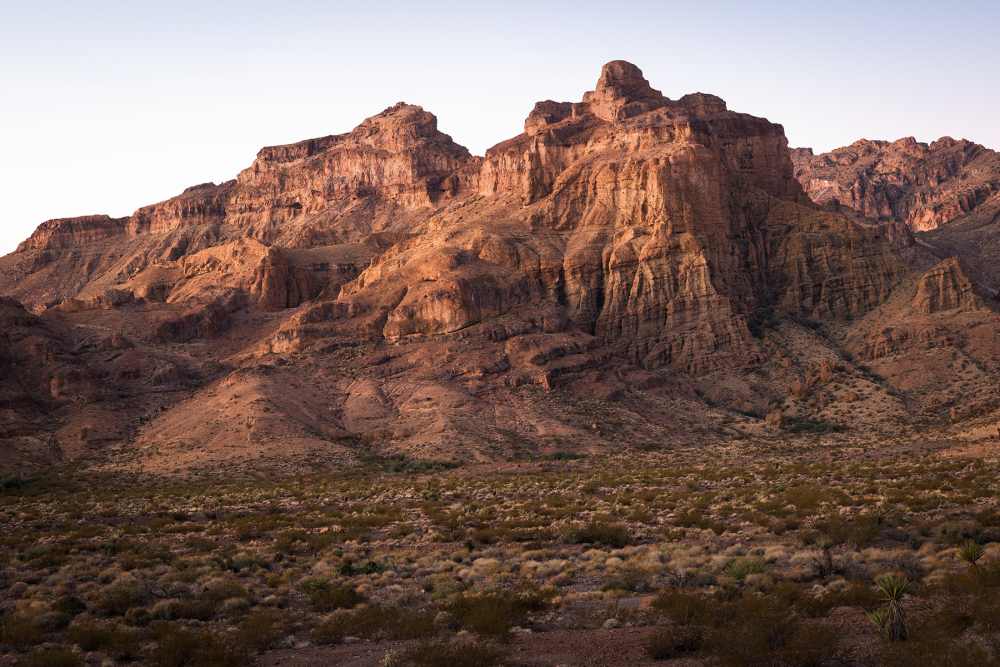
Paiute El Dorado, NV
Mason Cummings, TWS
The 19.2 million-acre refuge in northeastern Alaska is home to polar bears, wolves, migratory birds and the Porcupine Herd, which consists of more than 200,000 animals. Oil and gas drilling would have devastating impacts on this pristine and fragile ecosystem caused by the massive infrastructure needed to extract and transport the oil. Drilling the Arctic is risky. Chronic spills of oil and other toxic substances onto the fragile tundra would forever scar this now pristine land and disrupt its wildlife.
The Trump administration took a rushed, reckless and likely illegal approach to holding a sale and issuing leases before President Biden—who opposes drilling in the refuge—could take office. The lease sale was a dismal failure that attracted no major oil companies. Of 22 tracts offered, only nine were sold at an average price of $27 per acre—mostly to the state of Alaska, which was horrified by the idea of no tracts being sold—and raising nowhere near the billions of dollars promised by Republicans in 2017. Since taking office, President Biden released an executive order that paused all oil and gas activities in the refuge for a full review.
With America’s six largest banks—and Canada’s five largest—all promising to not finance development in the refuge, and major insurance companies vowing to not cover such projects, the writing is on the wall: Oil has joined coal as an outdated, dirty industry. Transitioning to clean, renewable energy is the key to fighting climate change and ensuring environmental justice to Alaska’s Indigenous communities.
Thanks to Sen. Markey, Rep. Huffman, Rep. Fitzpatrick and their co-sponsors, the path to a better future is now in sight.
